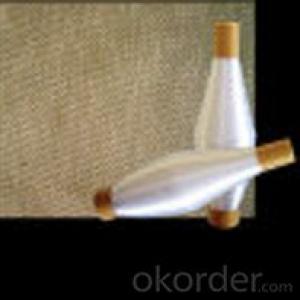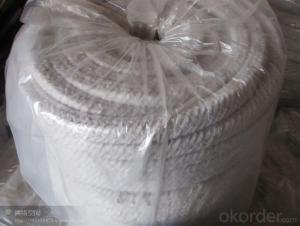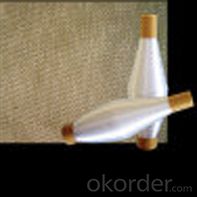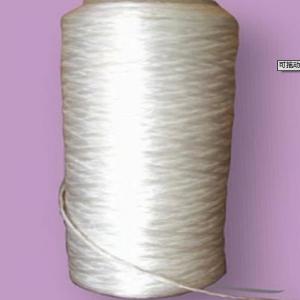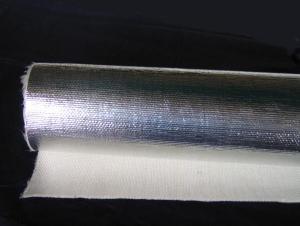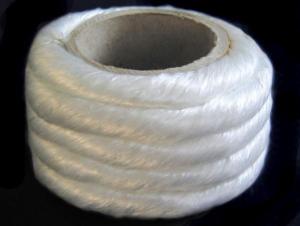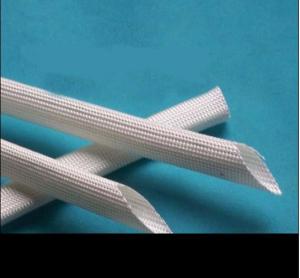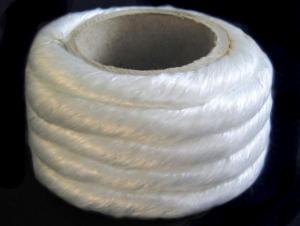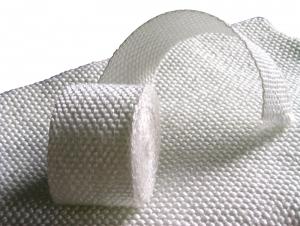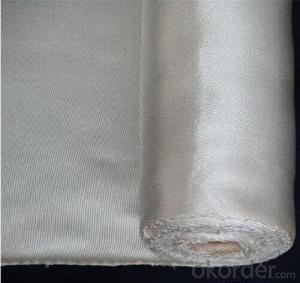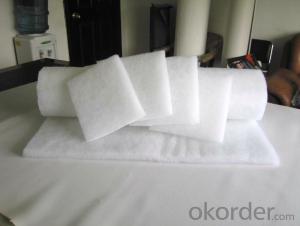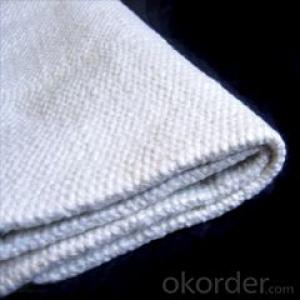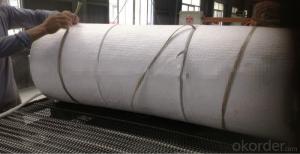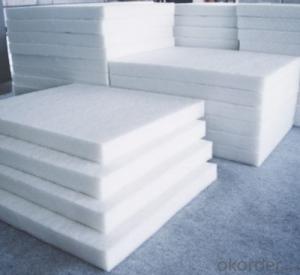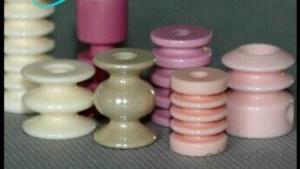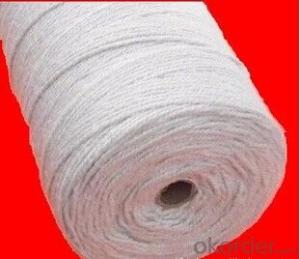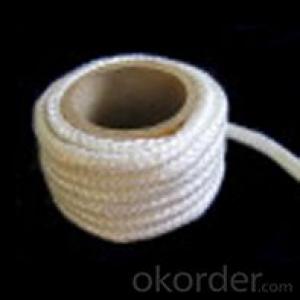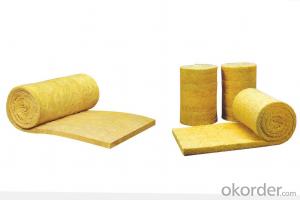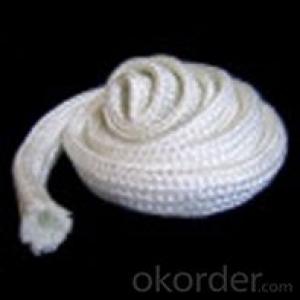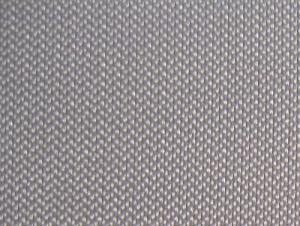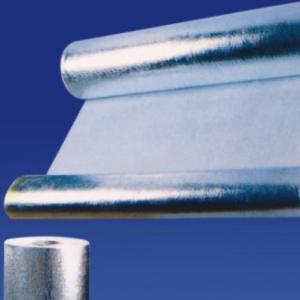Glass Fiber Textiles Heat Insulation Ceramic Fiber Textile
- Loading Port:
- Shanghai
- Payment Terms:
- TT OR LC
- Min Order Qty:
- 10 m.t.
- Supply Capability:
- 100 m.t./month
OKorder Service Pledge
OKorder Financial Service
You Might Also Like
Quick Details
| Type: | Twisted Rope | Application: | Heat Insulation | Thickness: | 4-60mm |
| Width: | 4-60mm | Length: | 30m | Grade: | HA (High Aluminum) |
| Chemical Composition: | AL2O3+SIO2 | Ultimate Strength (≥ MPa): | 0.04 | Working Temperature: | 1260 |
| Fiber Diameter: | 2-5um | Thermal Conductivity: | 0.075-0.175 w/m.k | Shrinkage (1800℉, 3h): | <=-3 |
| Place of Origin: | China (Mainland) | Brand Name: | Model Number: | HA-ceramic fiber rope | |
| Color: | White |
Packaging & Delivery
| Packaging Detail: | carton with inner plastic bag |
| Delivery Detail: | 15days after receiving advance payment |
Specifications
Heat Insulation high temperature ceramic fiber textile
professional factory
ceramic round/square/twisted rope
MSDS ISO9001
Heat Insulation Ceramic Fiber Rope
About Ceramic Fiber Rope
Iterm | Ceramic fiber rope |
Type | Ceramic fiber twisted rope |
Ceramic fiber square braided rope | |
Ceramic fiber round braided rope | |
Characteristics | ** Good thermal insulation |
** Excellent high temperature strength | |
** Good electrical insulation properties | |
** High chemical stability | |
** Low thermal conductivity | |
Typical Use | Hightemperature pipe insulation and seal, cable insulationcoating, flexible expansion joint connection,coke oven opening seal |
MOQ | 1m |
FOB Price | 4-6.5 USD/KG |
Port | Qingdao |
Payment Terms | L/C, D/A, D/P, T/T |
Packing | Carton with inner plastic bags |
Delivery | Within 15 days after delivery deposit |
Certificate | ISO9001, MSDS |
- Q: How do glass fiber textiles compare to carbon fiber textiles in terms of strength?
- Glass fiber textiles and carbon fiber textiles have different properties and strengths, making them suitable for different applications. In terms of strength, carbon fiber textiles generally outperform glass fiber textiles. Carbon fiber textiles have an exceptionally high tensile strength, which means they can withstand pulling forces without breaking or deforming. They are known to be significantly stronger than most other materials, including glass fiber textiles. This high strength-to-weight ratio makes carbon fiber textiles ideal for applications that require lightweight yet strong materials, such as aerospace, automotive, and sporting goods industries. On the other hand, glass fiber textiles have a relatively lower tensile strength compared to carbon fiber textiles. However, they still possess considerable strength and are commonly used in various industries, including construction, boat-building, and electrical insulation. Glass fiber textiles are also more affordable than carbon fiber textiles, making them a popular choice for applications where high strength is not the primary requirement. In summary, while both glass fiber textiles and carbon fiber textiles have their own strengths, carbon fiber textiles generally offer superior strength compared to glass fiber textiles. However, the choice between the two depends on the specific application and the desired balance of strength, weight, and cost.
- Q: Can glass fiber textile be used in wind turbines?
- Wind turbines can indeed utilize glass fiber textile. Often referred to as fiberglass, this adaptable material offers numerous benefits for wind turbine applications. Boasting a lightweight composition, impressive strength, resistance to corrosion, and exceptional fatigue properties, it proves to be an ideal choice for the production of wind turbine blades. By incorporating glass fiber textile into wind turbine blades, their performance and efficiency are significantly enhanced. Its remarkable strength-to-weight ratio allows for the creation of longer and lighter blades, thus enabling the capture of a greater amount of wind energy. Additionally, its resistance to corrosion ensures that the blades remain durable and resilient against environmental deterioration, leading to reduced costs associated with maintenance and replacement. Moreover, the malleability of glass fiber textile permits the creation of intricate shapes, facilitating the design of aerodynamically efficient blade profiles. This manufacturing flexibility allows for the production of custom-made blade designs that optimize energy generation and minimize noise production. In summary, the utilization of glass fiber textile in wind turbines is highly suitable due to its lightweight nature, strength, resistance to corrosion, and manufacturing adaptability. Its incorporation into wind turbine blades contributes to improved performance, efficiency, and longevity of these turbines.
- Q: Can glass fiber textiles be used for protective gear?
- Yes, glass fiber textiles can be used for protective gear. They have excellent heat resistance, high strength, and good chemical resistance, making them suitable for applications such as fire-resistant clothing, gloves, and helmets. Additionally, glass fiber textiles offer superior insulation properties and can provide protection against hazards like sharp objects and abrasions.
- Q: Can glass fiber textile be used in automotive brake pads?
- No, glass fiber textile cannot be used in automotive brake pads. Brake pads require materials with high heat resistance and friction properties to effectively stop a vehicle. Glass fiber textile lacks the necessary heat resistance and friction coefficient required for brake pads. Instead, brake pads typically use materials like ceramic, semi-metallic, or organic compounds that are specifically designed to handle the high temperatures and provide optimal braking performance.
- Q: Are glass fiber textiles resistant to rot and decay?
- Glass fiber textiles exhibit a remarkable resistance to rot and decay, unlike natural fibers like cotton or wool. This is due to their inorganic nature, which deprives bacteria, fungi, and other microorganisms of the ideal conditions required for their growth and survival. As a result, glass fiber textiles can be relied upon as a durable and enduring material choice for a wide range of applications, including reinforcement in composites, insulation, and protective clothing. Moreover, their resistance to moisture, chemicals, and UV radiation further amplifies their longevity and performance across various environments.
- Q: How does glass fiber textile compare to other textile materials?
- Fiberglass fabric, also known as glass fiber textile, provides numerous benefits in comparison to alternative textile materials. Firstly, it boasts exceptional durability and a longer lifespan than many other textiles. It withstands wear and tear and can endure extreme temperatures, rendering it suitable for a diverse array of uses. Furthermore, glass fiber textile is renowned for its remarkable strength-to-weight ratio. It surpasses steel in terms of strength when considering weight, making it a favored choice in industries where both strength and lightness are vital, such as aerospace and automotive manufacturing. This strength also facilitates the production of thin and lightweight fabrics, enhancing versatility and ease of use. Another advantage of glass fiber textile lies in its resistance to chemicals and environmental factors. It is non-flammable and does not easily degrade when exposed to harsh chemicals, making it suitable for environments where other textiles may prove unsuitable. Moreover, glass fiber textile exhibits excellent insulation properties, both for heat and sound. It serves as an effective insulator in applications like insulation jackets, curtains, and blankets due to its poor conductivity of heat. Additionally, it aids in reducing noise pollution owing to its sound-absorbing properties. However, glass fiber textile does possess certain limitations. It lacks the flexibility of other textile materials, potentially restricting its use in applications that require high flexibility. Additionally, the sharpness of glass fibers can irritate and harm the skin, necessitating proper handling and protective measures when working with glass fiber textiles. In conclusion, glass fiber textile presents a host of advantages over alternative textile materials, encompassing durability, strength, resistance to chemicals and extreme temperatures, as well as insulation properties. Despite its limitations, its unique qualities make it an invaluable material in various industries and applications.
- Q: Can glass fiber textile be used in military applications?
- Yes, glass fiber textiles can be used in military applications. Glass fiber textiles are known for their high strength and durability, making them suitable for use in various military applications. They can be used to manufacture protective clothing and gear for soldiers, such as bulletproof vests, helmets, and gloves. Glass fiber textiles can also be used in the production of military tents and shelters, where their resistance to extreme weather conditions and fire can be beneficial. Additionally, they can be utilized in the construction of military vehicles and aircraft to provide reinforcement and enhance their structural integrity. Overall, the exceptional properties of glass fiber textiles make them a valuable material for military applications.
- Q: How does glass fiber textile contribute to weight reduction in products?
- Glass fiber textile contributes to weight reduction in products due to its lightweight nature. Glass fiber is known for its high strength-to-weight ratio, meaning it can provide significant strength and stiffness while weighing considerably less compared to other materials. When incorporated into products, such as automobile parts or aircraft components, glass fiber textile helps to reduce their overall weight, leading to improved fuel efficiency, increased performance, and easier handling. The use of glass fiber textile also allows manufacturers to design products with thinner and lighter structures without compromising on strength, resulting in a more efficient and lightweight end product.
- Q: How do glass fiber textiles perform in terms of impact resistance?
- Glass fiber textiles have excellent impact resistance properties. Due to the inherent strength and rigidity of glass fibers, textiles made from them are able to withstand high impact forces without breaking or deforming. This makes them highly suitable for applications where impact resistance is crucial, such as in automotive parts, protective gear, and construction materials.
- Q: Do glass fiber textiles have good insulation properties?
- Yes, glass fiber textiles have excellent insulation properties. They are known for their high thermal resistance and low heat conductivity, making them effective in preventing heat transfer and maintaining desired temperatures. Additionally, they are non-flammable and durable, making them suitable for various insulation applications.
Send your message to us
Glass Fiber Textiles Heat Insulation Ceramic Fiber Textile
- Loading Port:
- Shanghai
- Payment Terms:
- TT OR LC
- Min Order Qty:
- 10 m.t.
- Supply Capability:
- 100 m.t./month
OKorder Service Pledge
OKorder Financial Service
Similar products
Hot products
Hot Searches
Related keywords
